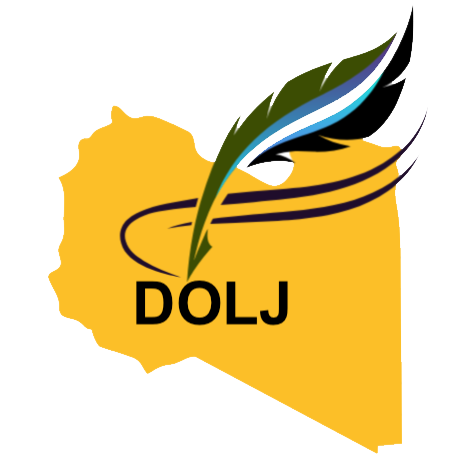Plant Biodiversity in Wadi El-Arab Basin
DOI:
https://doi.org/10.54172/r9k0tq93Keywords:
Plants, Wadi Al Arab Basin, extinction, grazing, vegetationAbstract
Plant diversity in Jordan, especially in Wadi ElArb basin are facing many problems which if confined could lead to the extinction of some species, and come other species become endanger. The problems are: overgrazing which inhibits the natural renewal of plants, and cutting could eliminate some kind of trees and shrub from the area. Other important problems such as Agriculture and Urbanization have serious effects on the plants in Wadi El-Arab basin. These problems also effect the plants distribution in the basin. It is found that the area of plant decreased in Wadi El-Aarb from 78% in 1953 to less than 38% in 2009. The Qnercus calliprinus is dominate species in most of the study samples, it covers about 60%, with density of more the 58%, and more than 4 meters in height. Many species of plants were the dominant in some samples, and they were associated with others dominant plants in other samples. Other important finding, there is a large plant diversity in the middle of the basin, which is located within the semiarid climate region. The plant densities vary from less than 10% of the grass species to more than 50% of the tree species.
Downloads
Published
Issue
Section
License

This work is licensed under a Creative Commons Attribution-NonCommercial 4.0 International License.
Copyright of the articles Published by Almukhtar Journal of Social Science (MJSSc) is retained by the author(s), who grant MJSc a license to publish the article. Authors also grant any third party the right to use the article freely as long as its integrity is maintained and its original authors and cite MJSSc as the original publisher. Also, they accept the article remains published by the MJSSc website (except in the occasion of a retraction of the article).













